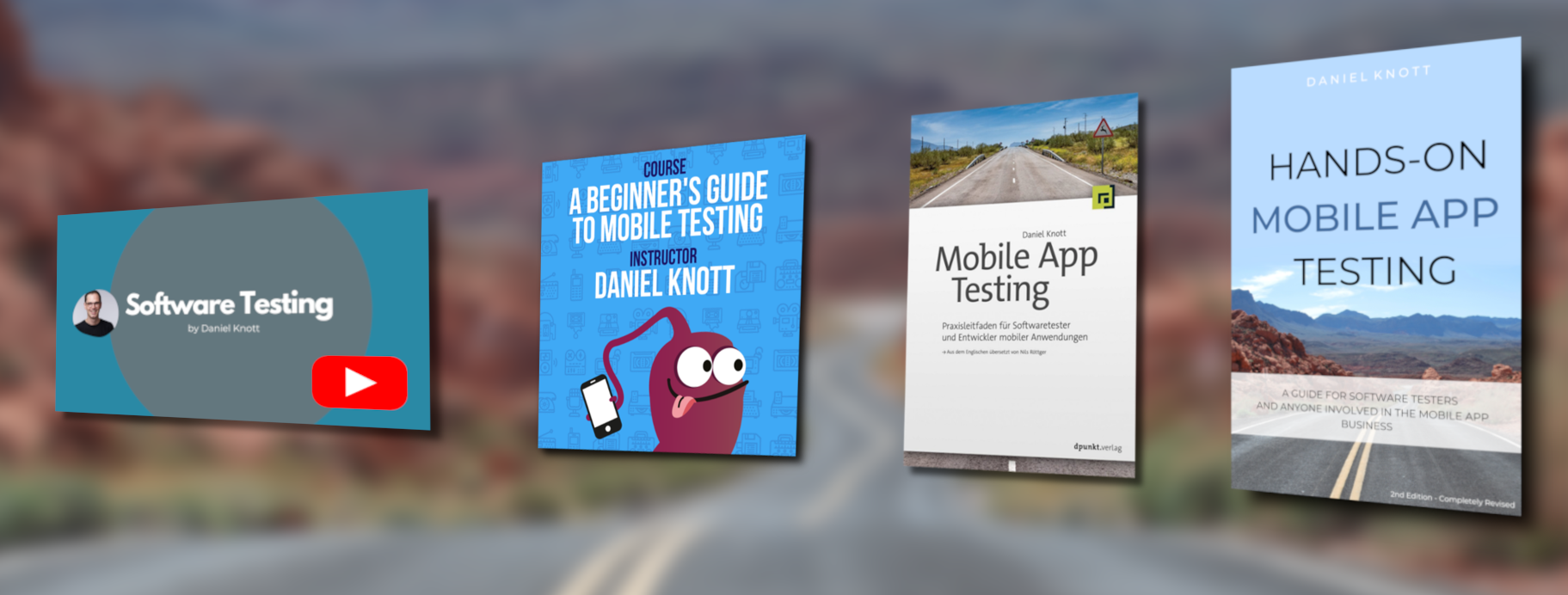Imagine you and your team just a released a redesign of the login section of your software product. Shortly after the release you notice that the numbers of newly registered users dropped almost to zero. But why? Is it because the change of the register button to a register link? Or is it the new naming of the register element?
Maybe this kind of changes should have been tested before with an A/B test.
What is A/B Testing?
A/B testing in the context of digital software products gives a team the power to test and compare ideas like in a science experiment with real users. With the help of A/B testing new features or a redesign of an app can be tested against real customers, without letting them know. Almost everything can be tested with an A/B test. For example a color change of UI elements, a change in the navigation pattern, different texts or even whole app sections.
To start with A/B testing it’s recommended to define a strong hypothesis.
With the help of the hypothesis, the A/B test will be explained and the expected outcome will be assumed.
With this pattern one can define a hypothesis:
Changing__________ from__________to__________will__________.
Once the theoretical setup has been made, it’s time to select the right A/B testing vendor. There is a huge number of vendors on the market offering similar features. However, each team should take their time and evaluate the vendors to find the right fit, for their app and development environment.
The integration of an A/B testing SDK is pretty easy one time task.
Find out more about A/B testing and the benefits of it in my lastest blog post for applause.
Read the complete article here:
https://www.applause.com/blog/mobile-a-b-testing-experiments
#HappyTesting

